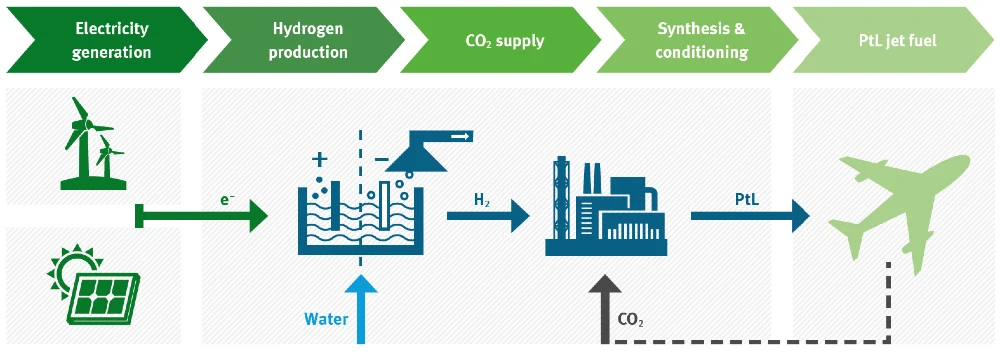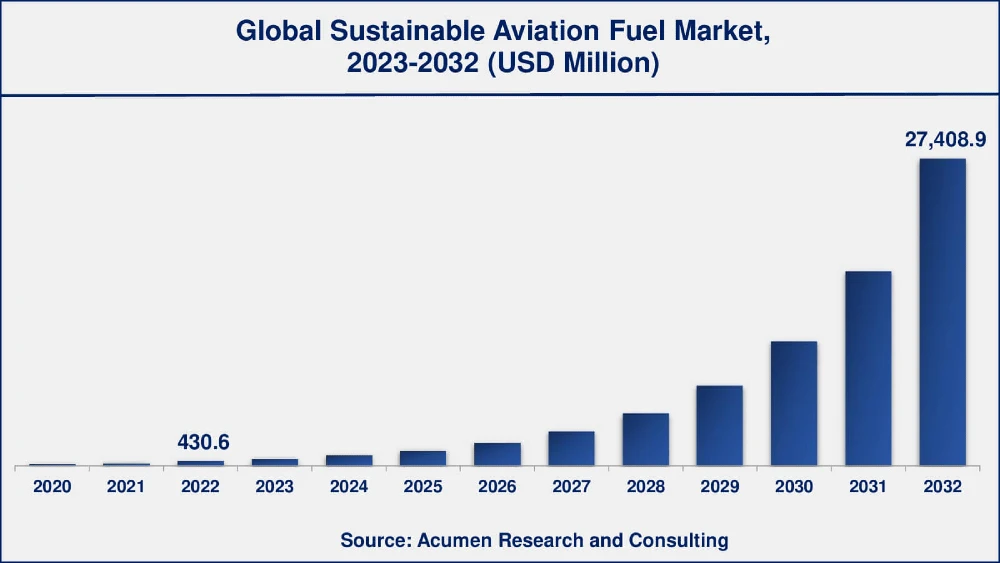In the quest for greener skies, the United States is taking a leap with the production of the first billion liters of e-fuel, a new technology expected to drastically cut aviation emissions and potentially alter the automotive fuel landscape.
E-Fuel for Cars and Aviation… Finally
E-fuels, often referred to as synfuels or electrofuels, are created by extracting carbon dioxide from the atmosphere and combining it with hydrogen produced from renewable energy sources like solar power. E-fuels emerge as liquid fuel. They mirror the performance of traditional jet fuel but with a fraction of the carbon footprint.

The innovation lies not only in the environmental benefits but also in compatibility. Unlike other alternative aviation fuels that require blending, e-fuels can be directly used in existing aircraft without modifications. This compatibility makes e-fuels a straightforward solution for reducing emissions in the aviation sector without a large upfront cost.
Twelve’s Breakthrough in Synthetic Fuel Production At Scale
Berkeley-based startup, Twelve, founded in 2015, has developed a method to synthesize jet fuel from captured carbon dioxide, water, and renewable energy. This process involves water electrolysis to produce hydrogen, which is then combined with carbon dioxide through Fischer-Tropsch synthesis, resulting in liquid hydrocarbons that are refined into jet fuel.
Twelve’s synthetic jet fuel, termed “e-fuel” or “electrofuel,” uses renewable electricity as its primary energy source, making it carbon-negative. The capability of e-fuels to serve as a direct replacement for conventional fuels in car engines proves their transformative potential.
Strategic Alliances Propel E-Fuel Adoption
The significance of Twelve’s innovation has been recognized by major players in the aviation industry, notably through a groundbreaking deal with International Airlines Group (IAG). This agreement will see IAG purchasing one million tons of e-fuel annually, marking a historic move towards sustainable aviation fuel usage. This quantity is enough to power approximately 5 million flights from London to Madrid, setting a new standard in the industry for green fuel consumption.

IAG’s commitment to achieving 10% sustainable fuel usage by 2030, bolstered by this deal, is expected to reduce carbon emissions by 2 million tons annually—a small but crucial step towards reducing the carbon footprint of air travel.
A Sustainable Future with E-Fuels
More To Discover
- Texas A&M Researchers Explore Black Soldier Fly’s Potential in Tackling State’s Manure Issue
- Hot Rocks Could Be the End of Fossil Fuels: Bill Gates Certainly Thinks So
- Buildings as Batteries: Rechargeable Concrete Could Transform Urban Energy
- Harvard’s Lithium Metal Battery Lasts For Thousands of Cycles And Charges In Minutes
While e-fuels still retain a carbon footprint, albeit significantly lower than traditional fuels, they’re seen as an immediate, impactful solution in the interim period before the full development and adoption of electric and hydrogen-powered vehicles. The role of e-fuels in phasing out gasoline and diesel is pivotal, offering a bridge towards more sustainable transportation methods.
This strategic shift towards e-fuel not only underscores the commitment of the U.S. and industry leaders like IAG to combat climate change but also highlights the growing importance of innovative technologies in achieving a sustainable future. As these efforts gain momentum, the hope is that e-fuels will play a crucial role in shaping a greener, more sustainable world.



















